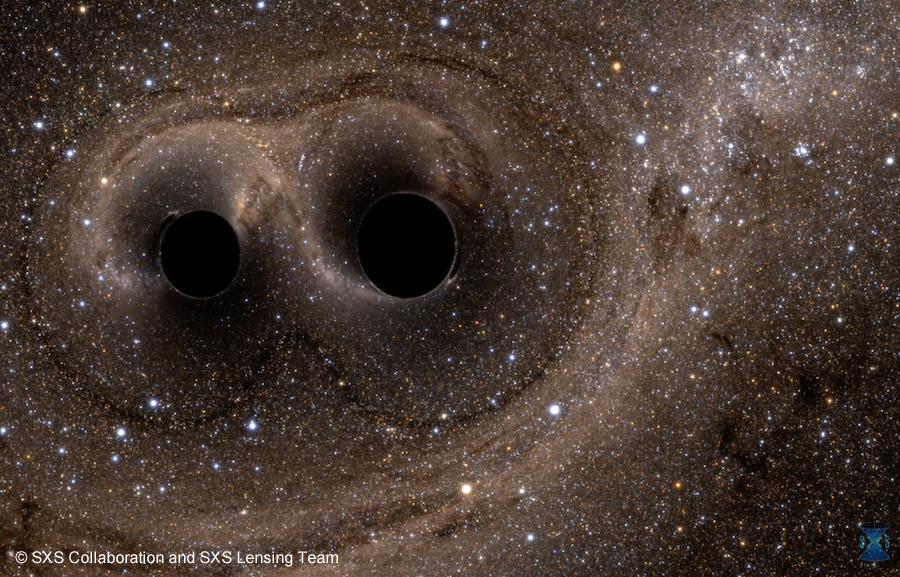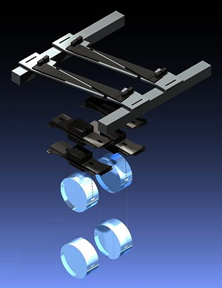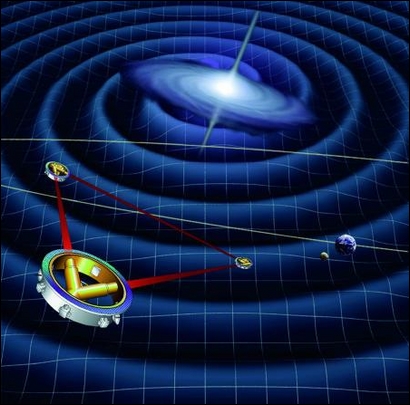Postgraduate Study
Postgraduate Study
Interested in a PhD in physics? Please talk to us - we are always happy to show people around the group and answer any questions you might have about postgraduate studies. You can contact us using the details at the bottom of the page or talk to our members directly.
Most of our postgraduate students are funded by STFC (the number of places varies each year), and other scholarships are potentially available. Deadlines vary for different scholarships: the College Scholarship (open to all) has a deadline of 31 January, and we typically start to consider the applicant pool following this deadline. The graduate school has more information on how to apply for a PhD.
Research in Glasgow brings together topics from the forefront of experimental, theoretical and computational science. Postgraduate students benefit from enrolment in the Scottish Graduate School in Physics. Glasgow is also one of the friendliest cities to live in.
Areas of research
The work of the Institute for Gravitational Research is concentrated on analysing gravitational-wave signals, and using these unique observations to discover the properties of black holes, neutron stars and the Universe itself.
The main experimental areas of research are: precision novel interferometric techniques and the development of systems of ultra low mechanical loss for the suspensions of mirror test masses.
The group is also involved in the space-based LISA mission as well as data analysis and astrophysical interpretation of observations within the LIGO Scientific Collaboration.
A prospective student could choose to work on one of the following areas:
Astrophysics, Cosmology & Data analysis - Dr. Christopher Berry, Dr. Rachel Gray (starting 2023), Prof. Martin Hendry, Prof. Ik Siong Heng, Dr. Chris Messenger, Dr. John Veitch and Prof. Graham Woan

Gravitational waves provide a unique means to observe some of the most extreme objects in the Universe: black holes and neutron stars. We work on analysing gravitational-wave data to discover signals from merging binaries, rotating neutron stars and potentially find unexpected sources, and to infer the properties of the sources we find. We pioneer new computational techniques for these analyses including developing machine learning and stochastic sampling algorithms. Using our rapidly growing set of detections, we infer the astrophysical properties of the black hole and neutron star populations to uncover how these systems form, we measure cosmological parameters such as the expansion rate of the Universe, and we perform precision tests of Einstein’s theory of general relativity. We are seeking to answer questions that include: how do massive stars end their lives, what are neutron stars made of, and how does the Universe evolve?
Materials research - Prof Sheila Rowan, Prof Jim Hough, Prof. Giles Hammond, Dr Iain Martin and Dr Ian MacLaren.

Studies of the thermo-mechanical and electrical properties of materials such as ultra-pure sapphire and silicon for use as possible ultra-low noise mirror substrates, including investigations of novel properties at cryogenic temperatures and studies of optical coatings. The dissipative properties of these materials and their coatings will limit the sensitivity of future gravitational wave detectors and this research will be targeted at allowing future detectors to 'see' gravitational wave sources in a greater volume of the Universe. This research also has potential spin-offs with application in other areas of astronomical instrumentation such as e.g. the proposed European Extremely Large Telescope.
Advanced interferometry for third generation GW detectors - Dr. Eric Oelker

The sensitivity of third-generation detectors like the Einstein Telescope and Cosmic Explorer will surpass that of existing facilities by more than an order of magnitude. A host of new interferometry hardware is required to enable this leap forward in performance. Our institute has broad expertise in precision interferometry, suspended optics, cryogenics, and novel materials with reduced thermal noise, all critical technologies for 3G interferometers. The new Glasgow 10 m Cryogenic Interferometry Facility aims to combine these strengths to develop novel interferometry hardware and techniques for future detectors. Research themes include:
- Development, control and interferometric characterization of cryogenic test masses and suspensions composed of crystalline silicon.
- Using optical frequency combs to prototype new lock acquisition and control techniques for cryogenic GW detectors.
- The Glasgow interferometry group also leads the balanced homodyne readout upgrade for Advanced LIGO+, which is a critical technology for proposals to enhance future detectors using quantum non-demolition measurement techniques.
Optical systems for space based GW detectors - Prof. Harry Ward

The ESA space-based LISA detector requires high precision interferometry capable of withstanding the rigours of space. The IGR developed and constructed a monolithic optical bench and specialised bonding techniques for the technology demonstrator mission (LISA Pathfinder). A parallel research program is underway to investigate a number of interferometry issues for LISA and work is also in progress to extend the optical assembly techniques developed for Pathfinder for use in the LISA mission.
